of quantum mechanics. He also sets Fermi’s work as an adviser and ad hoc problem solver at Los Alamos against the full drama of the Manhattan Project. In those intense and hectic days, Fermi’s door was always open to provide on-thefly solutions to any technical problem experienced by an engineer or a physicist designing the weapons. At the same time, Fermi and Laura heartily joined in the social life of Bathtub Row, the street where J. Robert Oppenheimer and other project members lived. (Schwartz notes, however, that Fermi watched the square dancing with some puzzlement, while Laura joined in.)
The book is rich in political, historical and technical detail. But its prose style is awkward. And I was irked by Schwartz’s tendency to dwell on an issue, puzzling through various philosophical considerations and conflicting interpretations. In my view, for instance, there is no need to ponder whether Fermi should be called the father of the nuclear age. His work with the first reactor clearly qualifies as a seminal event in the development of nuclear power, even if Fermi was not, as Schwartz notes, an architect of the first bombs.
Eventually, however, I learnt to appreciate the wrangling with Fermi’s personae and legacy. Like other biographers, Schwartz shows Fermi’s sweet side: his loyalty to friends and family, humour and quiet dignity. This is a man who accepted his own abrupt diagnosis of terminal cancer in 1954 without fuss, noting that the timing of his death would probably boost sales of his wife’s book. But we also meet the Fermi who could be cold and lost in his work, to the detriment of relationships, particularly with his family — as Graham Farmelo noted in his review of The Pope of Physics. This is the man who did little to help his wife adjust to the United States after their immigration, and later alienated his son Giulio.
In short, Schwartz’s blunt style cuts through the gauze of hero worship. And ironically, that unflinching gaze accentuates Fermi’s stature. The Last Man Who Knew Everything yields an intimate and engaging portrait of an extraordinary physicist who was also very human. ■
Catherine Westfall is a visiting professor in the history of science at Lyman Briggs College, Michigan State University in East Lansing. She has co-authored two books — Critical Assembly: A Technical History of Los Alamos During the Oppenheimer Years, 1943–1945 and Fermilab: Physics, the Frontier, and Megascience.
e-mail: westfa12@msu.edu
HISTORY OF SCIENCE
Warring with chaos
Jordi Cat on a history of the Vienna Circle, which wielded science to counter the turmoil of the 1930s.
Karl Sigmund is alarmed. In Exact Thinking in Demented Times, the Viennese mathematician and pioneer of evolutionary game theory identifies sustained threats to rationality today, from religious fundamentalism to a “debilitating flood of trash culture” and public ennui. Sigmund worries that many scientists ignore these risks to their world view and work.
Sigmund compares our times with Austria between the world wars. Here, between 1918 and 1938, economic and sociopolitical turmoil paved the way for Adolf Hitler’s invasion and the Second World War. Against that grim backdrop, a number of philosophically inclined scientists and scientifically trained philosophers formed the Vienna Circle. This intellectual powerhouse developed the scientific world view known as logical empiricism — an assertion of the pre-eminence of scientific knowledge and a rejection of metaphysics. After the war, a less ambitious version of this philosophy came to dominate approaches to science.
The public group, loosely based at the University of Vienna, was a starry one. It included mathematicians Hans Hahn, Karl Menger and their student Kurt Gödel; physicist Philipp Frank; political economist and sociologist Otto Neurath; physics-trained philosophers Edgar Zilsel, Gustav Bergmann, Moritz Schlick and Rudolf Carnap; and philosopher Friedrich Waismann. (Philosopher Rose Rand, as the group’s recorder, deserves special mention.)
Sigmund reveals how circle members sought to counter their era’s dogmatic ideologies and propaganda, even in science, by articulating and communicating scientific
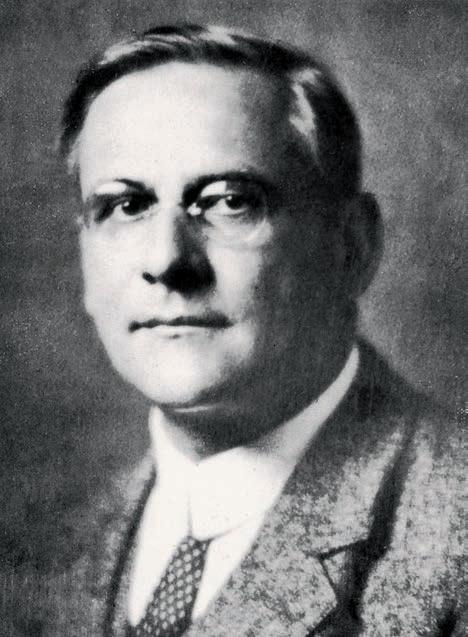

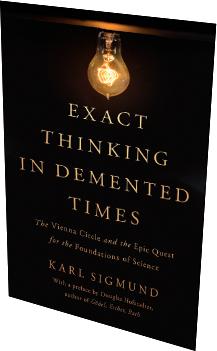
Exact Thinking in Demented Times: The Vienna Circle and the Epic Quest for the Foundations of Science
KARL SIGMUND Basic: 2017.
standards through book series, the philosophical journal Erkenntnis, conferences and lectures. The model they conceived was, first, based on formal concepts and rules — linguistic, logical or mathematical — similar to mathematician David Hilbert’s attempt to unify and formalize his field through axioms. But any such models had to be backed up by empirical evidence and be given empirical meaning. For instance, theories about human emotion had to be reducible to precise, objective, observable descriptions of behaviour or physiological states, countering ideas then prevalent in biology and psychology, such as vital forces or the ego. Along with Hilbert, luminaries who influenced the Vienna Circle included physicists Albert Einstein and Ludwig Boltzmann, scientist-philosophers Ernst Mach and Henri Poincaré, and philosopher of mathematics Bertrand Russell. The circle argued that Einstein’s ideas on space-time, for instance, sounded the death knell for philosopher Immanuel Kant’s concept of space and time as forms of intuition. The charismatic, reclusive logician Ludwig Wittgenstein was both a revered and a polarizing influence. The group mulled over his ideas, such as the limits of expressible thoughts, and viewed his 1922 Tractatus Logico-Philosophicus as a
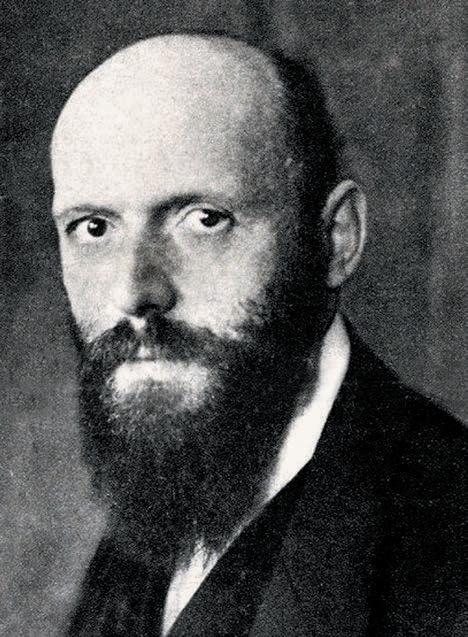
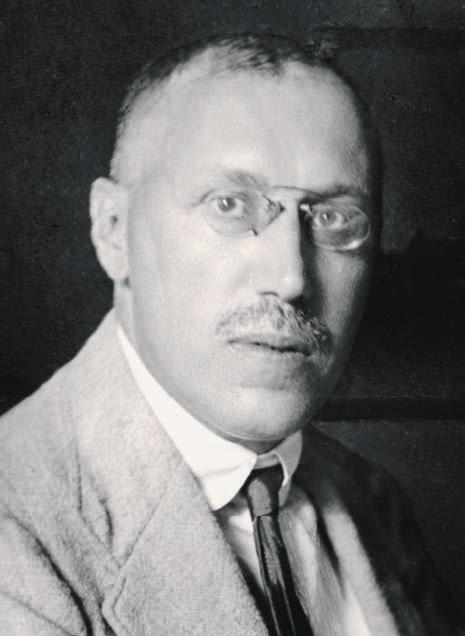
7 DECEMBER 2017 | VOL 552 | NATURE | 29 BOOKS & ARTS COMMENT
Vienna Circle members (left to right) Moritz Schlick, Otto Neurath and Hans Hahn.
L–R: GRANGER HISTORICAL PICTURE ARCHIVE/ ALAMY; PAUL FEARN/ALAMY; VIENNA UNIV. ARCHIVE. © 2 01 7 Mac mill a n Publi s her s Li m i t e d part of Spri nger Nat ur e All ri ght s r es er ve d
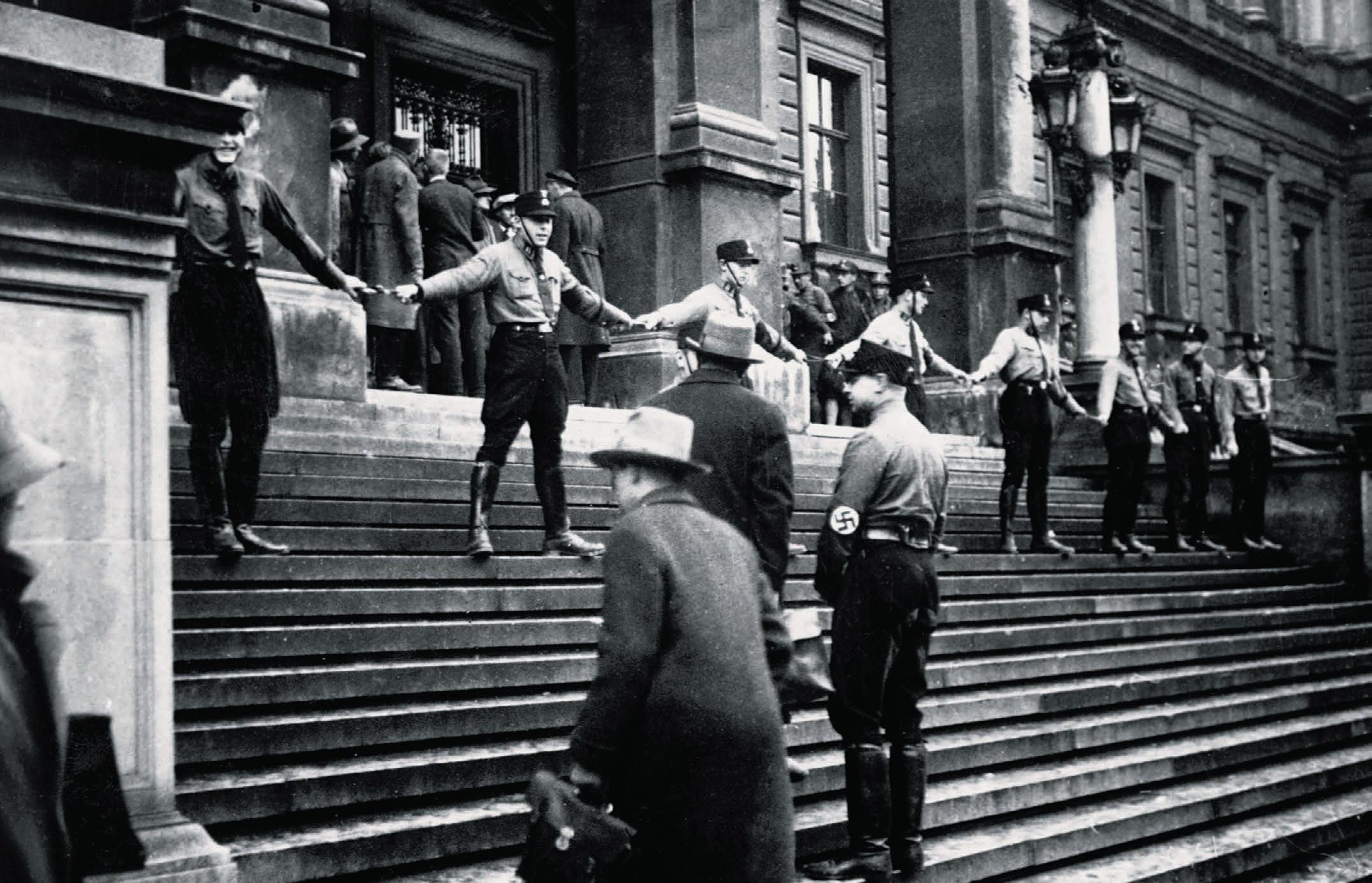
touchstone. Wittgenstein himself refused to engage in their discussions.
The circle’s impact extended beyond the intellectual. For Neurath in particular, the movement was socially relevant. Exact thinking in education and public intellectual life was a tool for fighting theological dogma and social prejudice. Neurath’s interest in this area led him to spearhead city plans for workers’ housing and to establish the Social and Economic Museum in Vienna, which sought to democratize learning and promote adult education through statistics-based pictographs — a precursor to infographics.
Sigmund portrays the groups’ intellectual and social lives vividly. Vienna’s multitude of cafés became arenas for heated arguments, discussions and orations over coffee, cake, liqueurs and tobacco smoke. But by the mid-1930s, the circle had broken, as the rise of Nazism aligned Austrian conservatives with the Third Reich. Most of the group was propelled dramatically into exile. Carnap, by then employed in Prague, sailed to the United States; Neurath, in Moscow on picture-language business, fled ultimately to Britain; others moved to Turkey. In Britain, exiled Viennese philosopher Karl Popper would gain celebrity for finding alternative solutions to the circle’s intellectual and social problems.
The mathematicians are Sigmund’s
personal heroes; many have featured in his previous works. But that focus can divert readers from the full story of the Vienna Circle and its significance. The preface and some additions to the main text, by cognitive scientist Douglas Hofstadter, have a similar effect by emphasizing the work of Gödel and mathematician Alan Turing; the reader would do well to treat the preface as an afterword. The book is informed by Sigmund’s work in statistical mechanics and game theory — detailed in his The Calculus of Selfishness (Princeton University Press, 2010) — such as his idea that public virtues follow almost exclusively from personal vices. Accordingly, the broader framing is psychological. In 1935, Russell declared that “‘Vienna’ is a term of psychology, not of geography”; certainly, psychoanalyst Sigmund Freud had left his mark on the city. And Exact Thinking in Demented Times deploys quasi-Freudian terminology. It describes the pressured metropolis as a dynamic of love and death, madness and civilization, where the “wild fanaticism and maniacal stupidity” of so many stood in stark contrast to the rationalism of the Vienna Circle. Yet the intellectual search
“The pressured metropolis had a dynamic of love and death, madness and civilization.”
often began or ended in darkness. Sigmund’s litany of breakdown is sobering: Boltzmann’s depression and suicide; Schlick’s murder by a former student; Russell’s haunting “dread of mental illness”; and Menger’s megalomania. This is a gripping, yet cautionary history. The group’s strict scientific standards proved elusive in theory and practice. There were internal divisions in the circle over this; subsequent histories and research have challenged the descriptive and prescriptive force of its organizing idea. Logical positivism has not aged well enough to qualify as a model of change and reform for our own disrupted era.
So, how should we solve the problems currently besetting science, society and governance? How can we counteract climate -change denial or the spread of controversial medical treatments? Or, within science, how can we head off the misuses of ‘exact thinking’ and scientism — from the replication crisis in some fields to the introduction of algorithms that enforce racial prejudice in criminal justice? Ultimately, Exact Thinking in Demented Times does not provide a blueprint for change. Rather, it constitutes a salient reminder of the ongoing need for collective rationality in times of ethical and methodological crisis. ■
Jordi Cat is a philosopher and historian of science at Indiana University Bloomington. e-mail: jcat@indiana.edu
30 | NATURE | VOL 552 | 7 DECEMBER 2017 BOOKS & ARTS COMMENT CORBIS VIA GETTY
Nazis bar Jews from the University of Vienna in 1938.
© 2 01 7 Mac mill a n Publi s her s Li m i t e d part of Spri nger Nat ur e All ri ght s r es er ve d






